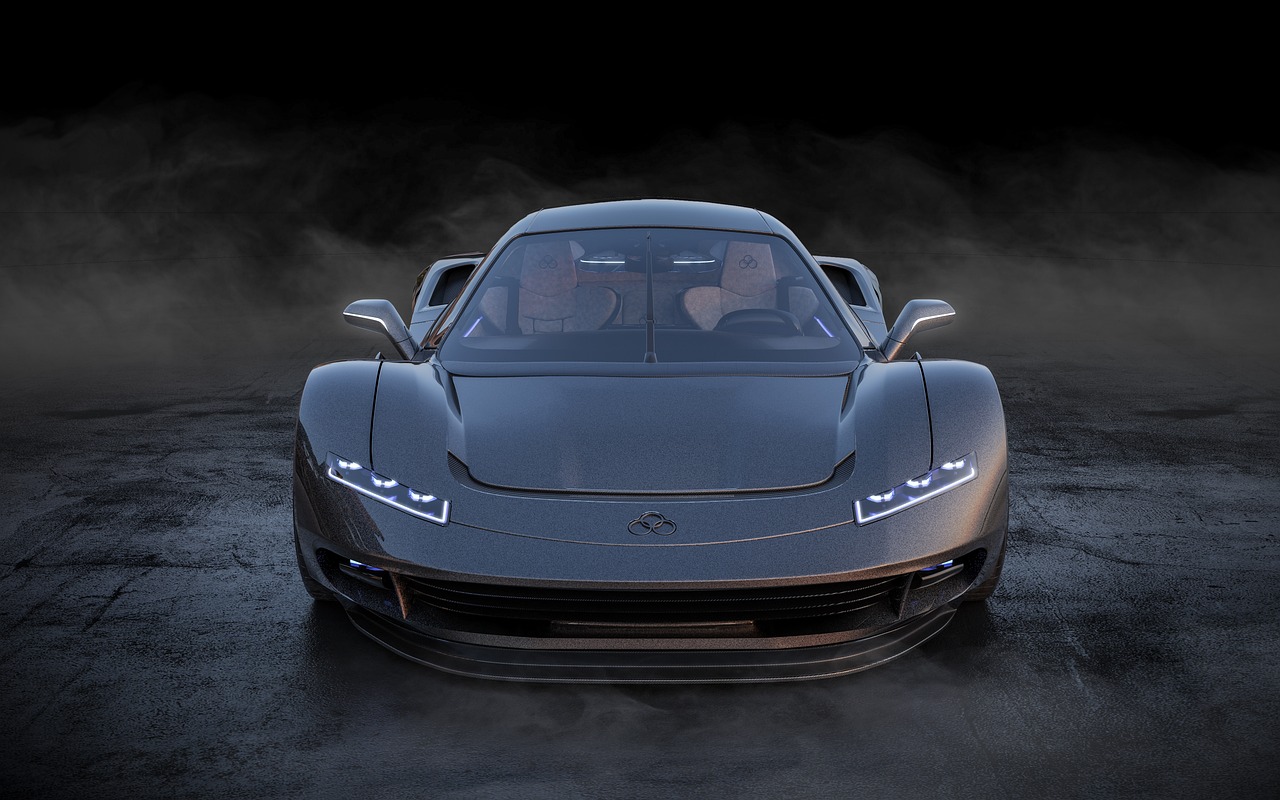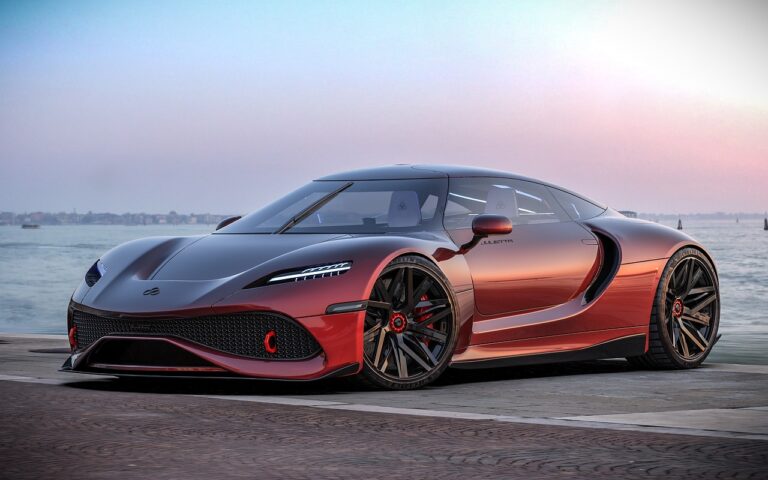A Deep Dive into the Latest Trends in Automotive Interior Design
One of the essential aspects of modern automotive interior design is the focus on creating a comfortable and ergonomic environment for drivers and passengers. This involves carefully considering the layout of the cabin, the placement of controls, and the shapes and materials used in the design of the seats and other interior components. By prioritizing comfort and functionality, car manufacturers aim to enhance the overall driving experience and make long journeys more enjoyable for everyone on board.
Another key element in modern automotive interior design is the incorporation of high-quality materials and finishes. From soft-touch plastics and luxurious leather upholstery to sleek metal accents and premium wood trims, the choice of materials can greatly impact the perceived quality and aesthetic appeal of a car’s interior. By selecting materials that not only look great but also feel pleasant to the touch, designers can elevate the overall ambiance of the cabin and create a sense of luxury and sophistication for the occupants.
Innovative Materials and Textures
In the realm of modern automotive interior design, innovative materials and textures play a pivotal role in enhancing the overall aesthetic appeal and functionality of car interiors. Designers are constantly pushing the boundaries by experimenting with new materials such as sustainable textiles, recycled plastics, and even natural elements like wood and stone. These unconventional materials not only add a unique touch to the interior but also contribute to sustainability efforts within the automotive industry.
Furthermore, the integration of various textures within car interiors has become a popular trend among designers seeking to create visually stimulating and tactically engaging spaces. From smooth leather finishes to tactile fabric surfaces, the juxtaposition of different textures adds depth and character to the interior environment. By strategically combining materials with varying textures, designers are able to evoke a sense of luxury, comfort, and sophistication that enhances the overall driving experience for consumers.
• The use of sustainable textiles such as bamboo and hemp in car interiors is on the rise, offering both durability and eco-friendly benefits.
• Recycled plastics are being transformed into innovative materials for car components, reducing waste and promoting a circular economy.
• Incorporating natural elements like wood and stone accents adds a touch of elegance and luxury to modern car interiors.
• The trend of mixing smooth leather finishes with tactile fabric surfaces creates a dynamic visual appeal that appeals to consumers’ senses.
Integration of Technology in Car Interiors
With the rapid advancement of technology, car interiors have undergone a significant transformation in recent years. From touchscreens and voice activation to autonomous driving features, vehicles are becoming more interconnected and user-friendly than ever before. The integration of technology in car interiors has not only enhanced the driving experience but also improved safety and convenience for drivers and passengers alike.
One of the key aspects of incorporating technology into car interiors is the seamless integration of smart features with the overall design aesthetic. Automakers are now focusing on creating a cohesive and intuitive interface that blends harmoniously with the rest of the interior elements. Touchscreen displays, digital instrument clusters, and voice recognition systems are becoming standard features in modern vehicles, providing drivers with easy access to navigation, entertainment, and climate control functions while on the road.
What are some key elements in modern automotive interior design?
Key elements in modern automotive interior design include ergonomic seating arrangements, intuitive controls, high-quality materials, and innovative technology integration.
How are innovative materials and textures used in car interiors?
Innovative materials such as carbon fiber, aluminum, and synthetic fabrics are used to create unique textures and enhance the overall aesthetic of car interiors. These materials also offer durability and ease of maintenance.
How is technology integrated into car interiors?
Technology is integrated into car interiors through features such as touchscreen displays, voice recognition systems, advanced driver assistance systems, and connectivity options for smartphones and other devices. This enhances convenience, safety, and entertainment for passengers.







